The mammals that science has cloned with the 'Dolly' sheep technique.
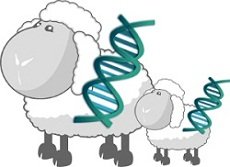
Source
This week Chinese scientists announced that they had managed to clone monkeys through this method. The list of species already amounts to 24 which is closer to the time when human cloning is possible.
On January 24 Chinese scientists made an announcement that could change the history of science: the birth of the first chimpanzees cloned through the technique of the sheep 'Dolly'. Although the cloning of this species had already been done previously by the division of an embryo - in a similar way to identical twins in nature - this is the first time in history that a group of researchers has successfully used the technique known as nuclear somatic cell transfer (SCNT). The method that 22 years ago gave life to the sheep 'Dolly', the first mammal in the world born with this procedure.
Making it work in primates proved much more difficult than previously thought. They had to spend at least three years of failed attempts so that finally the scientist Zhen Liu and his colleagues from the Chinese Academy of Sciences in Shanghai, found the right combination.
In the images disseminated by the Institute, you can see two monkeys with large eyes, hairy body and thin limbs; who were baptized with the name of Zhong Zhong and Hua Hua.
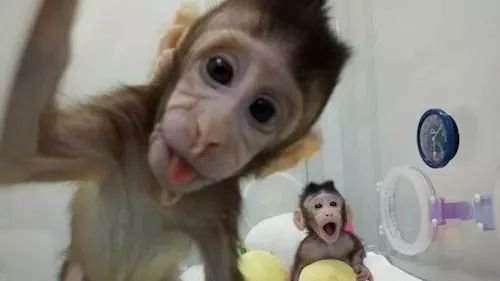
Source
The investigation was not without controversy. Many experts say that it is still an expensive and inefficient technique, and even question whether it is ethical to clone this time of animals simply to achieve advances in human diseases such as Alzheimer's. The cloning of the two primates is also historic because it opens the doors to start experimenting with human cloning, a topic that has been widely discussed.
"There are no barriers to cloning primates, so the cloning of humans is closer to becoming a reality. In any case, our goal is to produce non-human primates for research, we have no intention of extending this research to people, society would not allow it, " said Mu-Ming Poo, director of the Institute of Neurosciences of Shanghai and co-author of the research, after knowing the study.
With the news of the birth of Zhong Zhong and Hua Hua, there are already 24 species cloned through this technique. Pigs, cows, cats, dogs, camels, among others, are also part of the list. I present some of the most representative clonations in history:
Sheep (1996):Dolly the sheep was the first mammal in history to be cloned from an adult cell. Its creators were the scientists of the Roslin Institute of Edinburgh (Scotland), Ian Wilmut and Keith Campbell. His birth was not announced until seven months later, on February 22, 1997. Dolly set the precedents for researchers to start experimenting with a long list of species.

SourceMouse (1998): The first time it was learned about the cloning of a mouse was in 1998 when the laboratory of scientist Ryuzo Yanagimachi published an article in Nature announcing the advance. "Cumulina" was the name given to the first cloned mouse and it is presumed that it was born on October 3, 1987. By the time of publication of the article, the group of researchers had already produced more than fifty cloned mice.

SourcePig (2000): The creation of the first five cloned pigs was carried out by PPL Therapeutics (Edinburgh, Scotland). They were baptized with the names of Millie, Christa, Alexis, Carrel, and Dotcom. The milestone was published in the journal Nature Biotechnology that same year.

SourceCat (2001): It took 188 attempts to give life to "Copycat", the first cloned mascot in the world. Five years later the kitten gave birth to her own litter without any problem, then, something quite unusual.
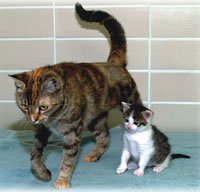
SourceCow (2003): The first cow cloned in history was "fut". His DNA was extracted from a cow that held the record in milk production with 78 liters a day. The experiment took place on the continent of Africa and was conducted by the Danish professor Gabor Vajta, in cooperation with his South African colleague De la Rey, the Embrio Plus Embrio And Al center, and the local veterinarian, Robert Treadwell.
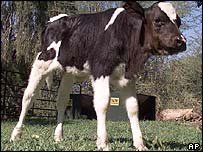
SourceMule(2003): The animal, called 'Gema de Idaho', was born on the 4th of 2003. The event represented a great advance for science, as it proved that even genetically sterile animals can have offspring. As in the cloning of other animals, the method does not produce many embryos and it took 305 attempts to obtain one.

SourceHorse (2003): The mare "Prometheus" was the first cloned horse in the world. He was born on May 28, 2003, in Italy and the procedure was carried out at the Italian Experimental Institute Lázaro Spallanazani. According to the researchers, the birth of the mare occurred from a cell on the skin of its own mother.
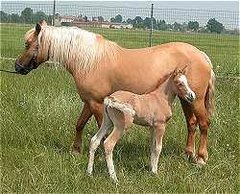
SourceDog (2006): "Snuppy" was the first cloned dog. He was born on April 24, 2005 from adult cells extracted from the skin of the ear of an Afghani hunting dog. The Afghan clone was made by Woo Suk Hwang and his team of scientists at the National University of Seoul (SNU) in South Korea. Since then man's best friend has been cloned numerous times.
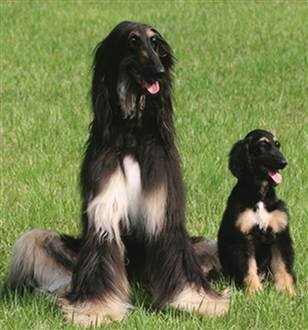
SourceCamel (2009): The first cloned camel in the world was a female named "Injaz". He was born at the Camel Center of Reproduction (CRC) in Dubai in 2009, weighing 30 kilograms and his gestation period was 378 days.
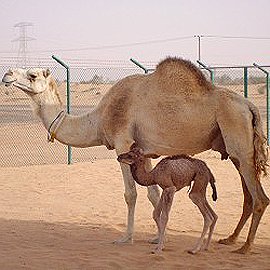
SourceBull (2010): Got, the first bravo bull cloned in Spain, was born in 2010. He weighed almost 25 kilos at birth and according to his creators, with him the possibility of creating a bank of tissues to prevent the disappearance of animals in Ways of extinction.
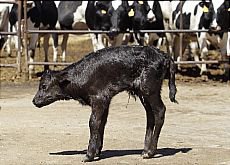
Source
The interesting thing about this new scientific discovery that is cloning, is that you can improve the quality of animals and plants, so that those who had plants or livestock in good condition, now have better.
This type of asexual reproduction of animals or complex beings and plants created in the laboratory has its positive side in that they could return to study beings no longer existing, as well as existing ones and improve them. They would create drugs from them, existing, as well as existing ones and improve it. They would create drugs from them, there would be more variety of food than the food chain.
References
- http://www.animalresearch.info/en/medical-advances/timeline/cloning-dolly-the-sheep/
- https://www.newscientist.com/article/mg23731623-600-scientists-have-cloned-monkeys-and-it-could-help-treat-cancer/
- http://www.dw.com/en/scientists-clone-monkeys-for-first-time-using-dolly-the-sheep-technique/
- http://www.straitstimes.com/asia/east-asia/first-monkeys-cloned-by-process-that-made-dolly-the-sheep
- https://www.biology.iupui.edu/biocourses/
Nice article @noirac . Cloning always fascinated me. :)
Thank you for reading it, it is a great advance as long as it is for the good of society, including animals.
I love Shaun the sheep..... Interesting article and pictures...
thank you very much, shaun is very funny